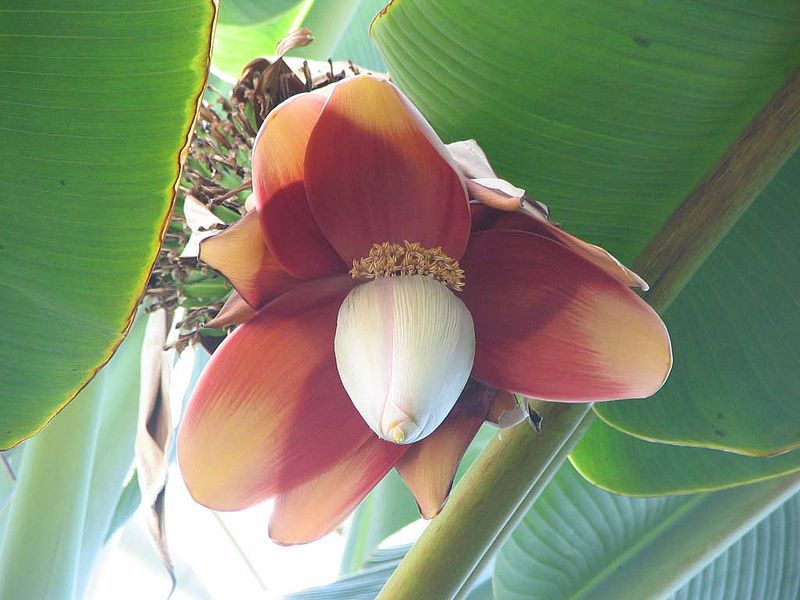-
 Riparian
Riparian
-
 HDCP
HDCP
-
 Cretaceous
Cretaceous
-
 CAF / French Avifauna Commission
CAF / French Avifauna Commission
-
 Wavelength
Wavelength
-
 Xbox Live
Xbox Live
-
 Apomixis
Apomixis
-
 Landsat
Landsat
-
 Call waiting indication
Call waiting indication
-
 Watermelon
Watermelon
-
 Synergy
Synergy
-
 Monkey puzzle tree
Monkey puzzle tree
-
 Glabella
Glabella
-
 Anaphylactic shock
Anaphylactic shock
-
 Anaerobic
Anaerobic
-
 Equatorial coordinate
Equatorial coordinate
-
 Cellular automaton
Cellular automaton
-
 Gynandromorphism
Gynandromorphism
-
 Venus Entry Probe
Venus Entry Probe
-
 Non-opiate analgesic
Non-opiate analgesic
-
 Cholestasis
Cholestasis
-
 Interdisciplinarity
Interdisciplinarity
-
 RPG
RPG
-
 Kevlar
Kevlar
-
 Myrmecologist
Myrmecologist
-
 Liver function test
Liver function test
-
 Hardware
Hardware
-
 Agglutinogen
Agglutinogen
-
 Spitzberg
Spitzberg
-
 HiPER
HiPER
Abaca
Abaca, or Manila hemp, is a textile banana tree (Musa textilis Nee, Musaceae) which grows in the Philippines: the fibres of the sheath from the bases of the leaves form a pseudo-trunk which is used in the production of light and unsinkable rope, matting, tablecloths, blinds and clothing.
Description and use of abaca
Abaca (also known as sinamay) is the vernacular name of Musa Textilis Nees, a tree in the Musaceae family originally from the Philippines. In addition to its vernacular name it is also called the Manilla hemp because its leaves are used to produce hemp (German Manilahanf, Spanish cáñamo de Manila). A first harvest can be made two years after it is planted, and then three harvests per year depending on the region.

Abaca cultivation. © DR
This plant's fruit and flowers are very similar to those of the banana tree, but the tips of its leaves are more pointed. The different varieties of the abaca are grown for their leaves and stems: Laguis, Inosa, Linawaan, Minenonga, Laylay, Linlay, Linino, Linlib, each with a specific length, diameter and resistance. The abaca reproduces on its own by suckering.
Abaca has become a cash crop in Mindanao since Christianity arrived on the island with the Americans in 1902.

Abaca fibres. © DR
Introduction of the abaca
During the second world war the Japanese occupation of Asia prevented the production of abaca. This is how the plant was introduced to Indonesia, Borneo, Central America and Southern Africa.

Production in millions of tonnes and for each fibre of the 5 largest producers. © DR
Bibliography
- Claire Konig: notes on plants and their uses
- Roux F: course on animal and plant textile material merchandise, Montreux 1920
Sitography
- Agricultural-industrial partnership and sustainable development project http://www.troz.uni-hohenheim.de/innovations/AbacaPPP
- Agricultural techniques http://www.maep.gov.mg/fr/
- University of Jussieu site on textile fibres http://www.snv.jussieu.fr/bmedia/textiles/16-autres.html#abaca
 Abaca. © Phyzome, CC by sa 3.0
Abaca. © Phyzome, CC by sa 3.0
Latest
Fill out my online form.



